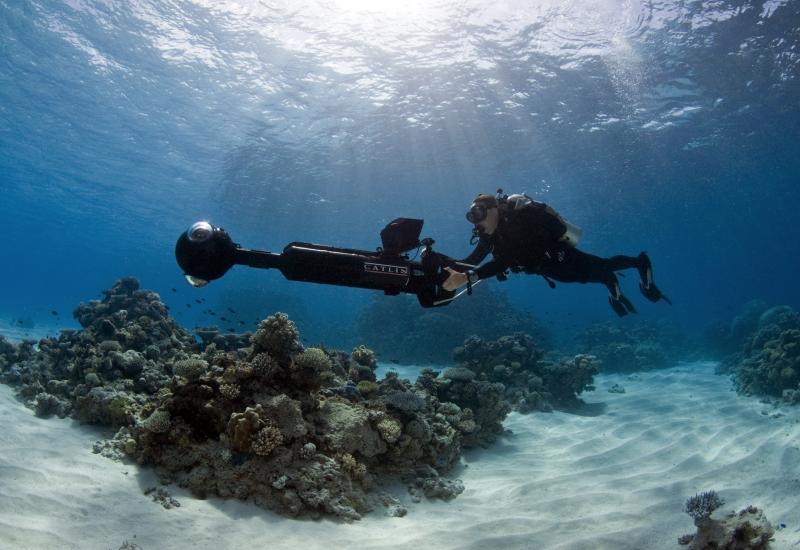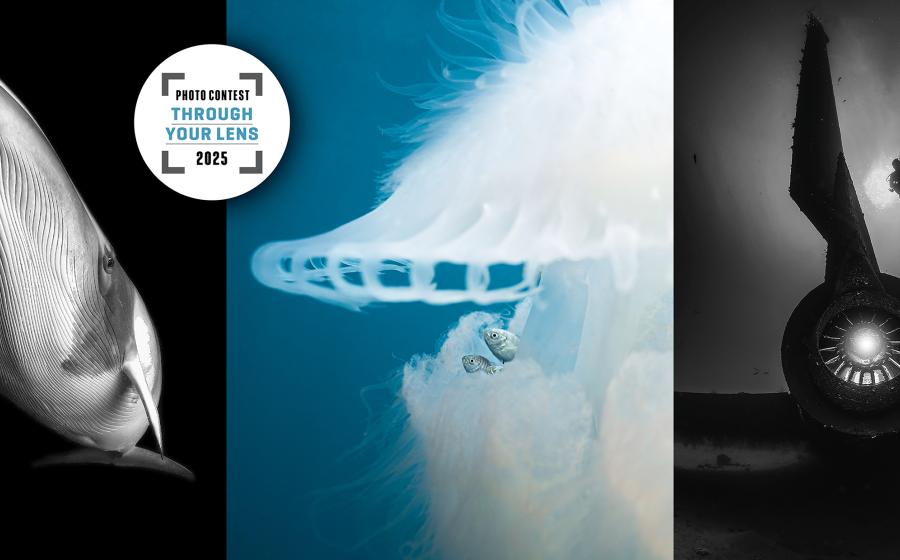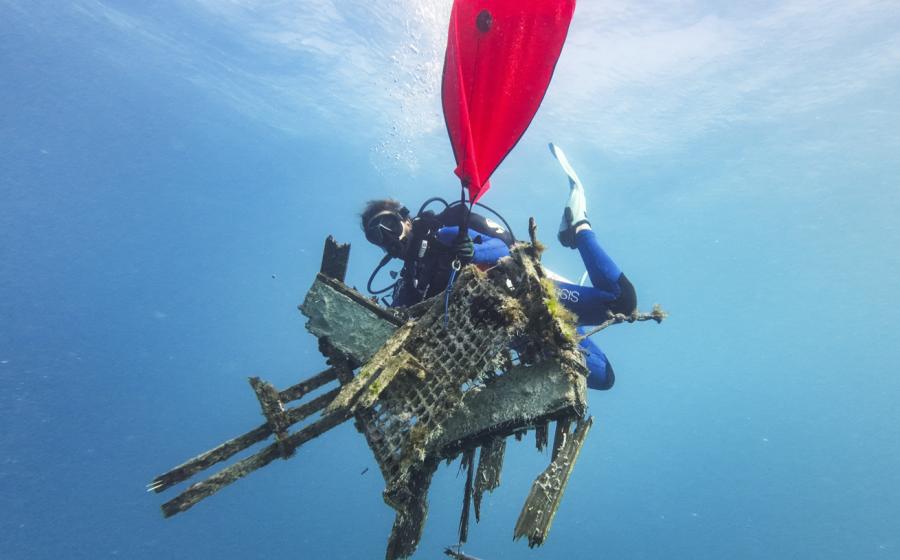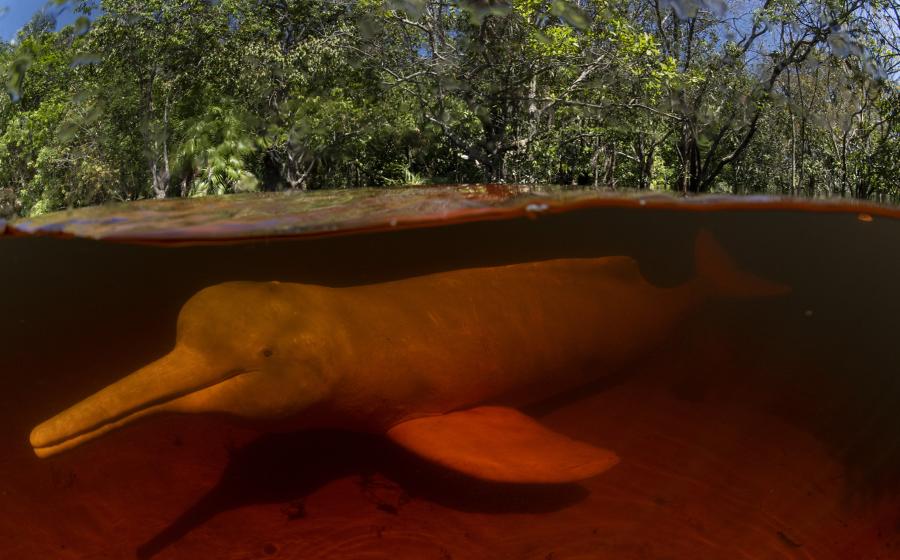Cool Facts About Shrimp
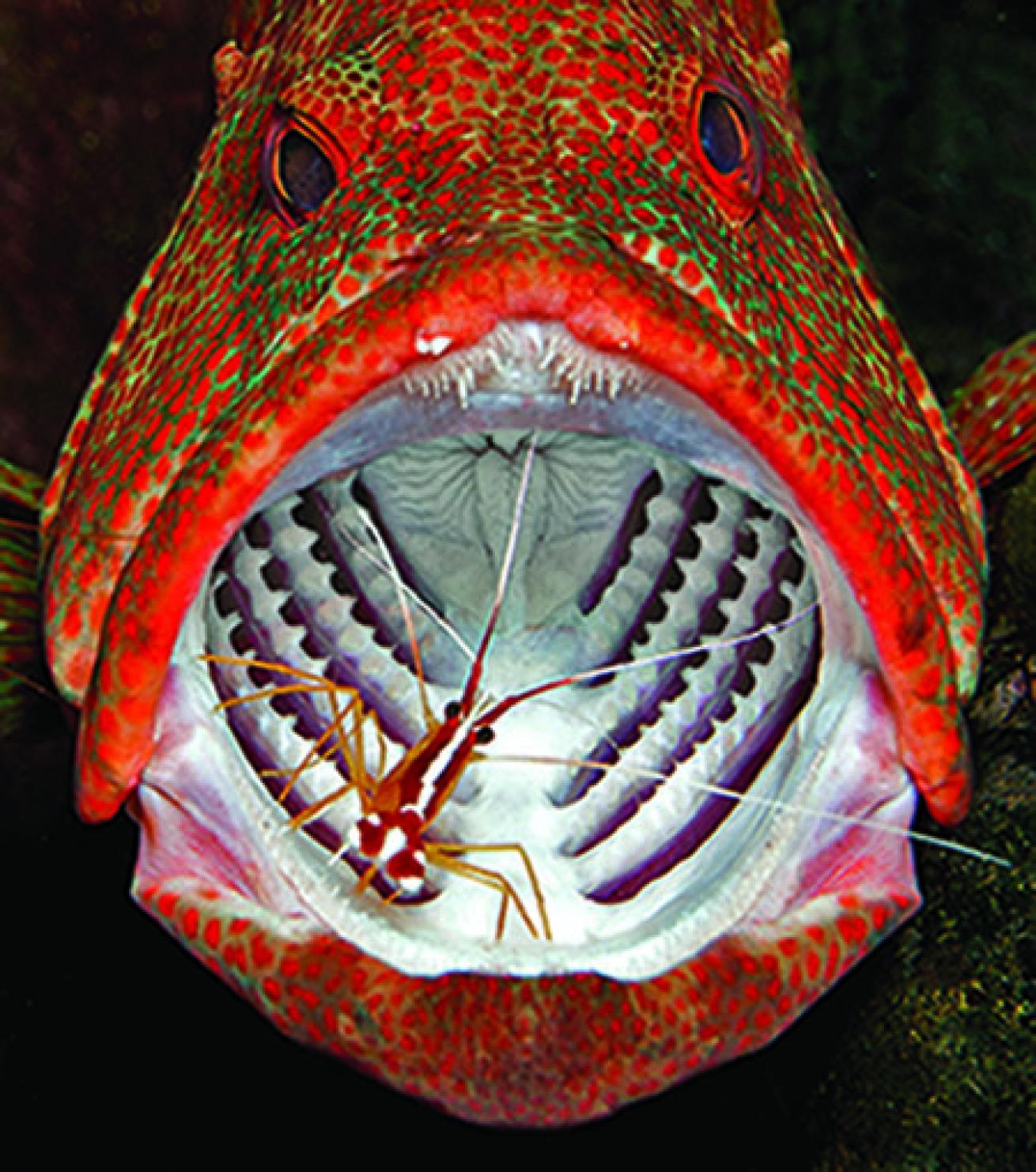
Ned DeLoachSeveral shrimp species serve as cleaners for other fish, removing bloodsucking parasites from different fishes' mouths.
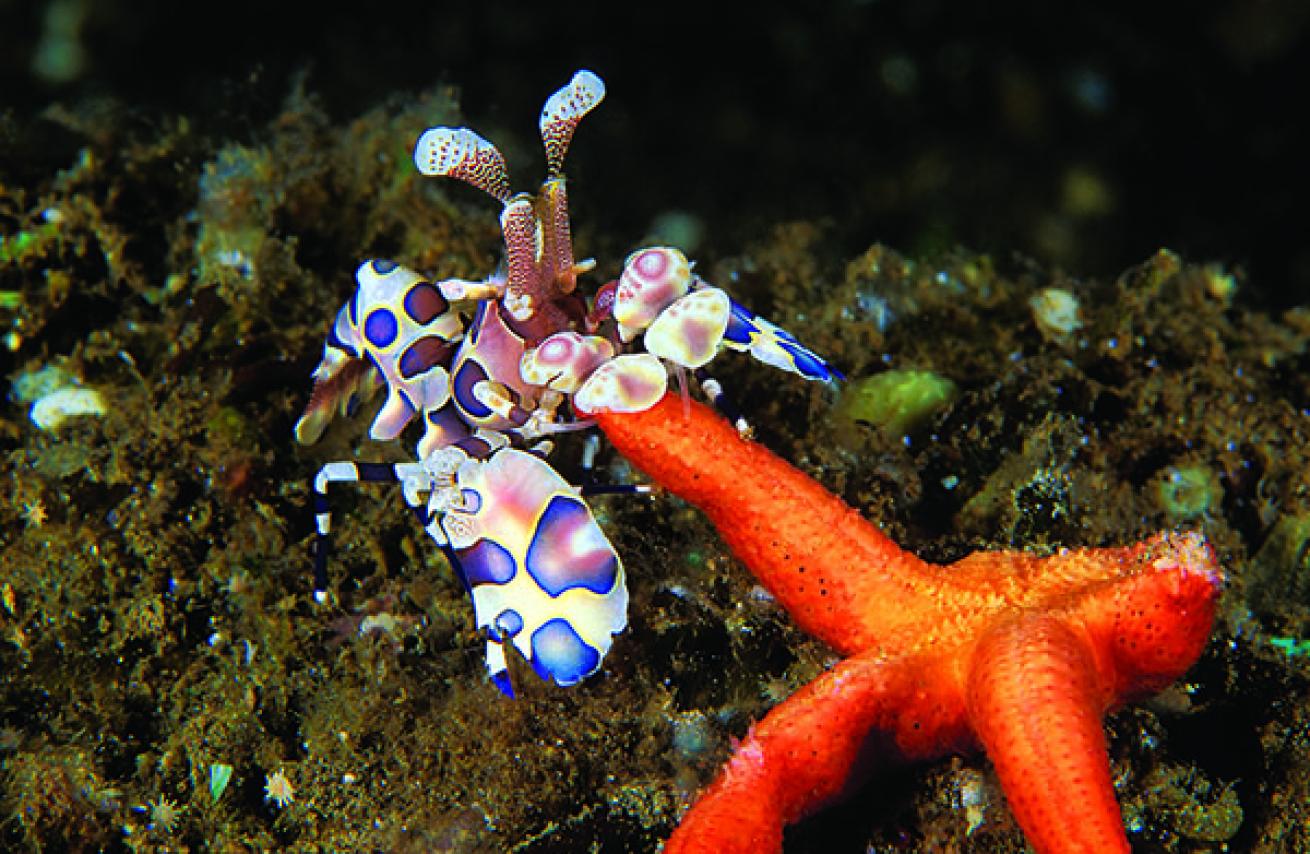
Brandon ColeThis Harlequin shrimp, native to the Pacific and Indian oceans, uses its large claws to amputate a delectable starfish limb for dinner.
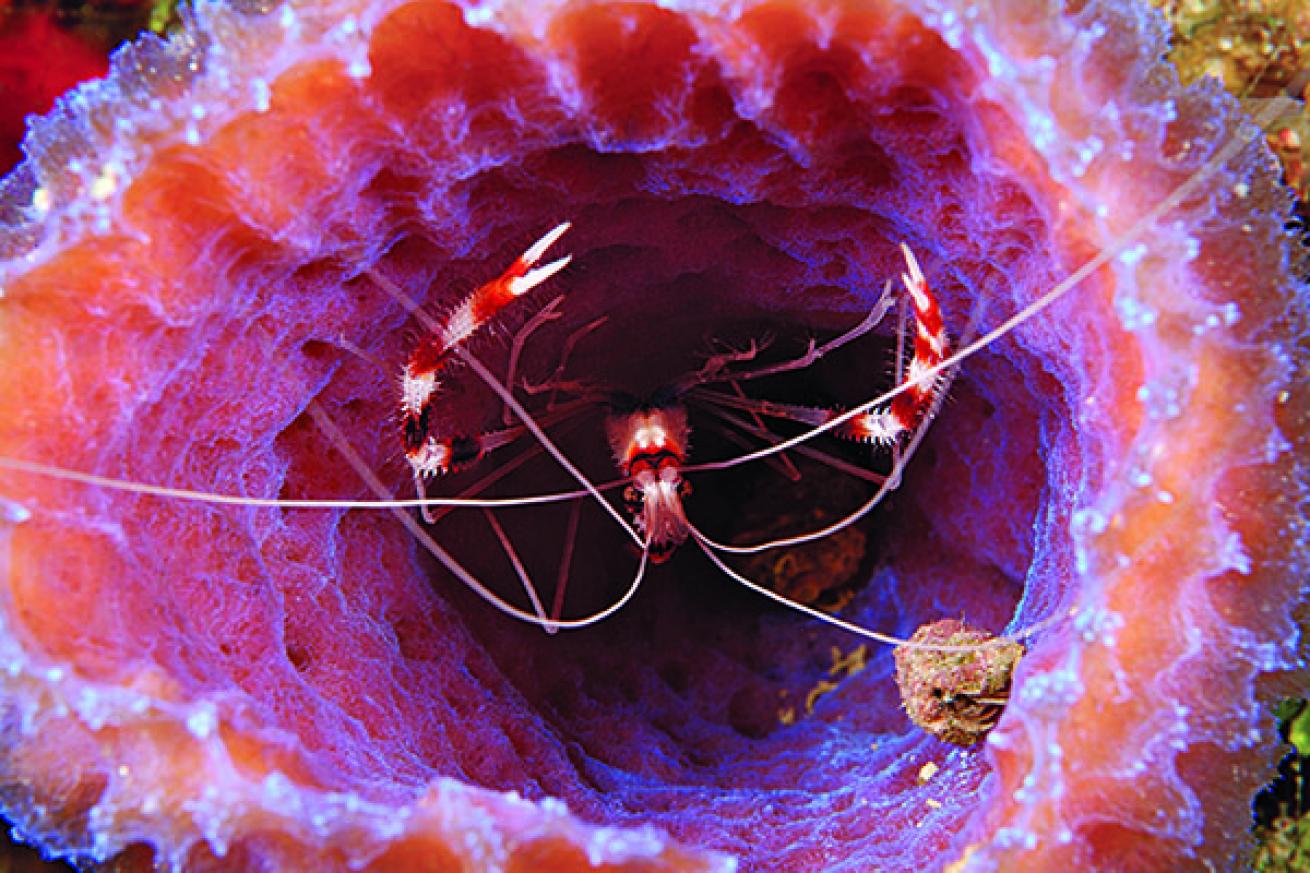
Brandon ColeIndo-Pacific shrimp live in tandem with corals, dining on their host's mucus and protecting them from predators.
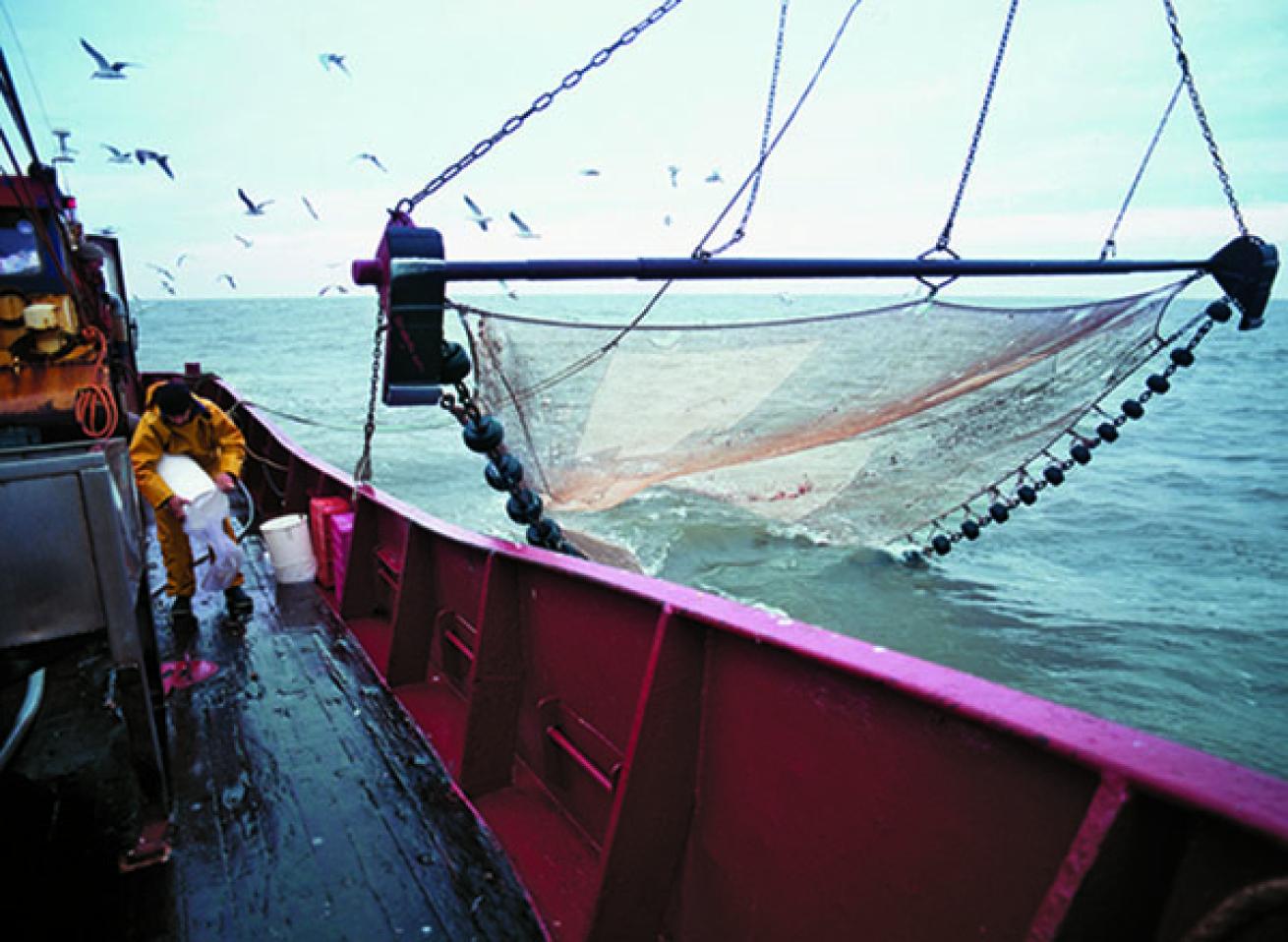
John Worrall/AlamyShrimp trawling (a.k.a. "bulldozing the ocean") destroys four pounds of incidental bycatch for every pound of shrimp taken.
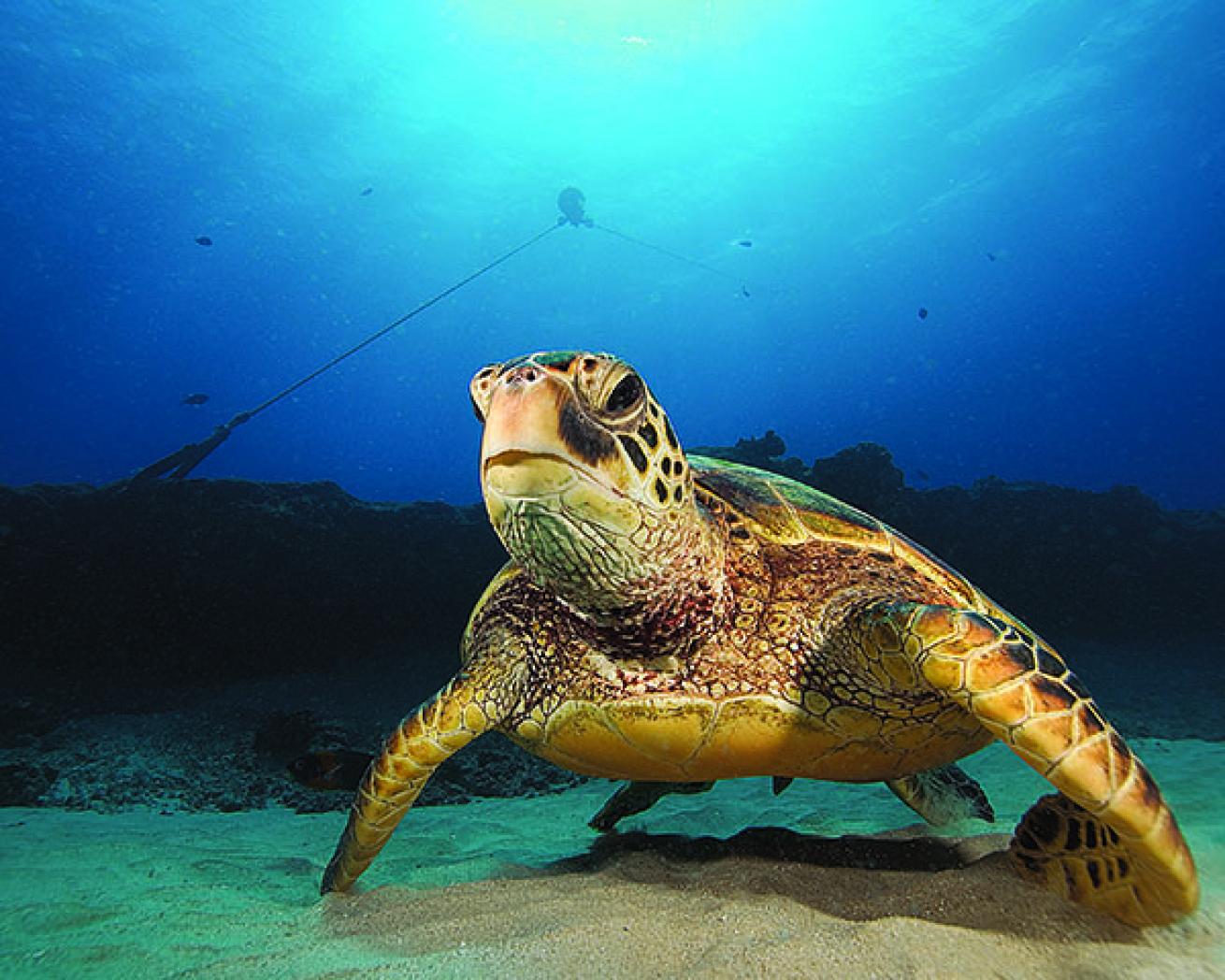
KGRIF/ThinkStockIn the southeastern U.S., shrimp trawling kills as many as 50,000 turtles every year.
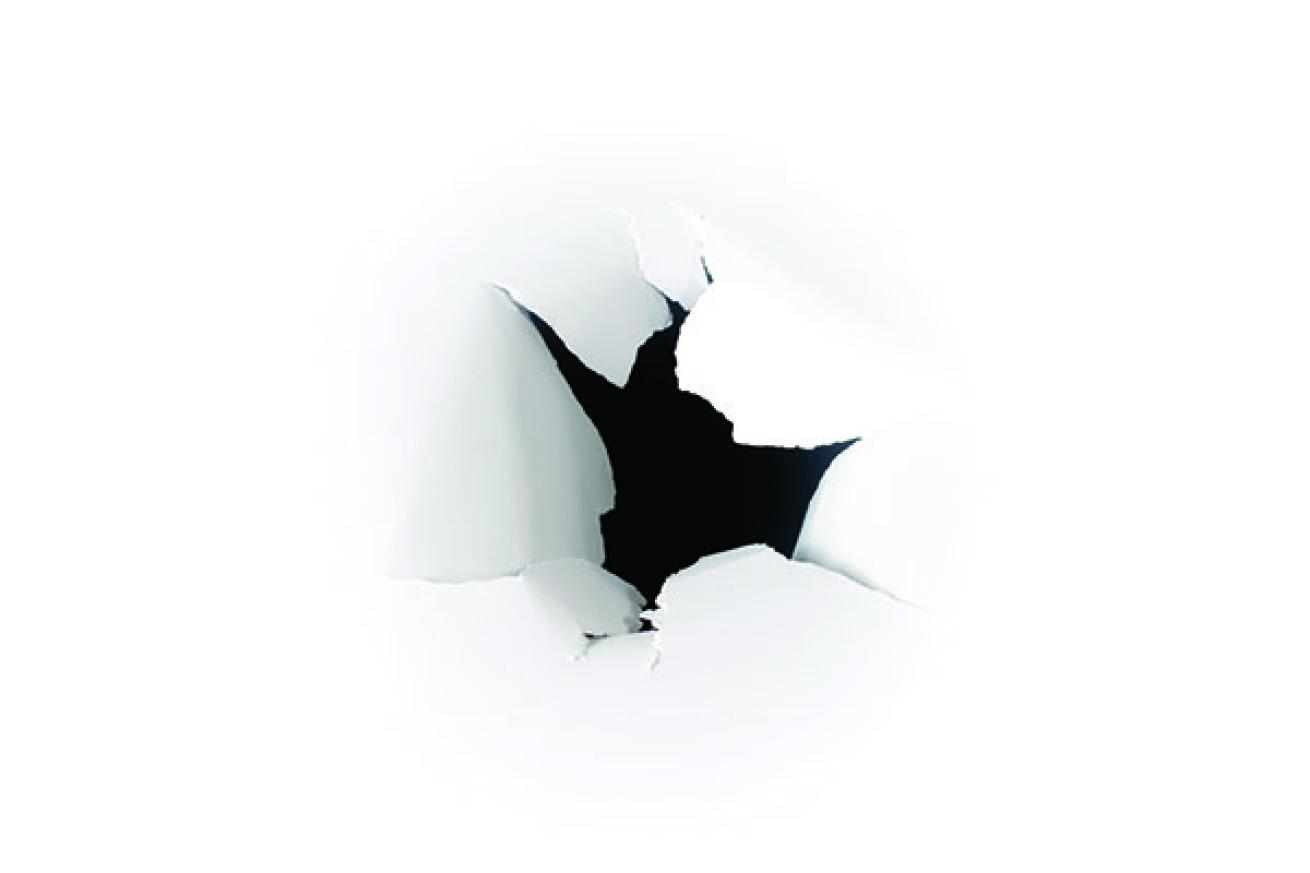
Vukas S/ThinkstockSnapping shrimp produce a noise with their claws that is greater than a gunshot or jet engine.
Eating these tiny ocean dwellers costs a lot more than you think. This smaller than pint-sized species plays an important role in our oceans' ecosystems.
Here are some interesting facts that you probably didn't know about shrimp:
1. They dance: To attract fish, cleaning shrimp wave their white antennae and do a little dance. Several shrimp species, known as cleaners, safely venture inside the open mouths of fishes to remove bloodsucking parasites.
2. They are defenders of the deep: Coral shrimp in the Indo-Pacific live exclusively in association with corals, dining on their host's mucus and protecting the coral from predators.
3. They are loud: Snapping shrimp make louder sounds than any other marine animals, producing a noise with their claws that is greater than a gunshot or jet engine. Navy submarines sometimes hide in beds of snapping shrimp to disguise their location from sonar detection.
4. They are strong: Harlequin shrimp, from the Pacific and Indian oceans, use their flat, oversize claws to sever arms from sea stars for food.
5. They know how to reproduce: Most shrimp are breeding machines -- within hours after their eggs hatch, females are carrying a new batch of fertilized embryos.
6. They are the victims of bycatch: Of the nearly 2,000 shrimp species, fewer than 20 are commercially harvested. That doesn't sound too bad, but check this out: It is estimated that shrimp trawling, also known as "bulldozing the ocean," destroys four pounds of incidental bycatch for every pound of shrimp taken.
In the southeastern U.S., shrimp trawling kills as many as 50,000 turtles every year.
Can't get enough? Check out these fun facts about the octopus | the seahorse | the penguin.




